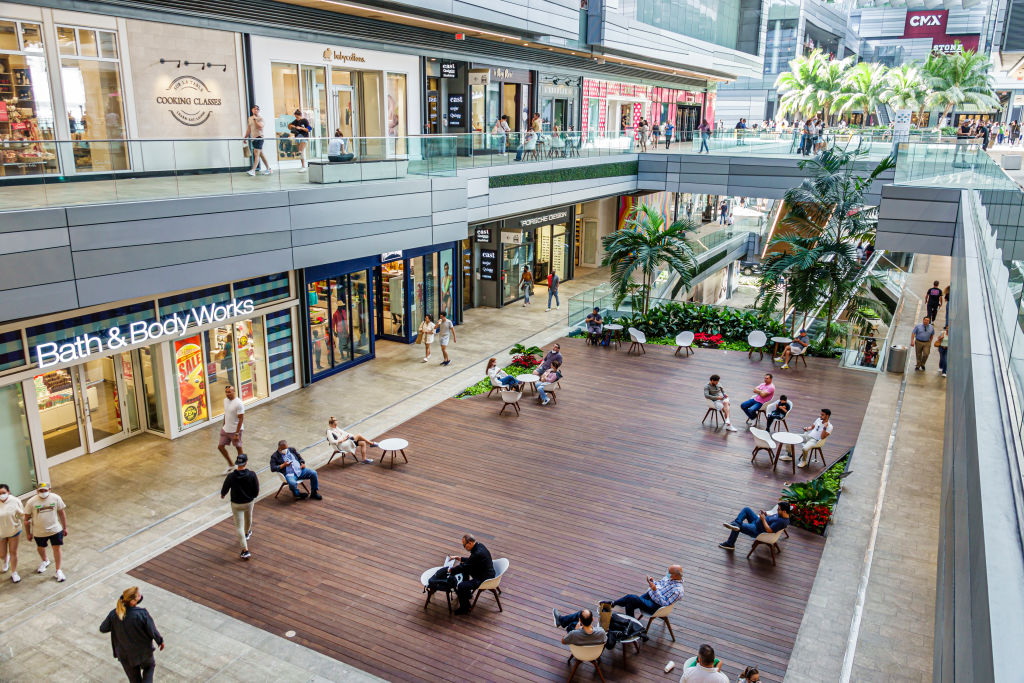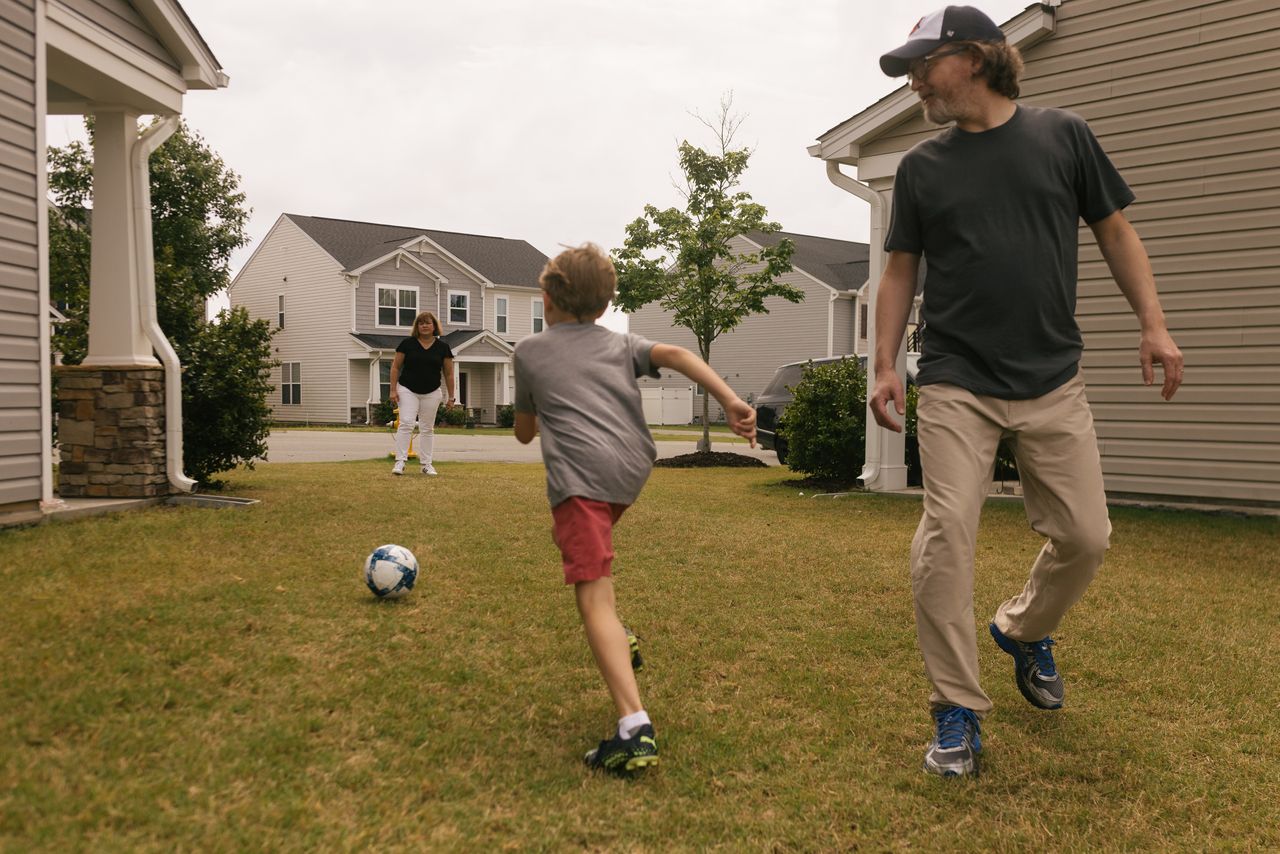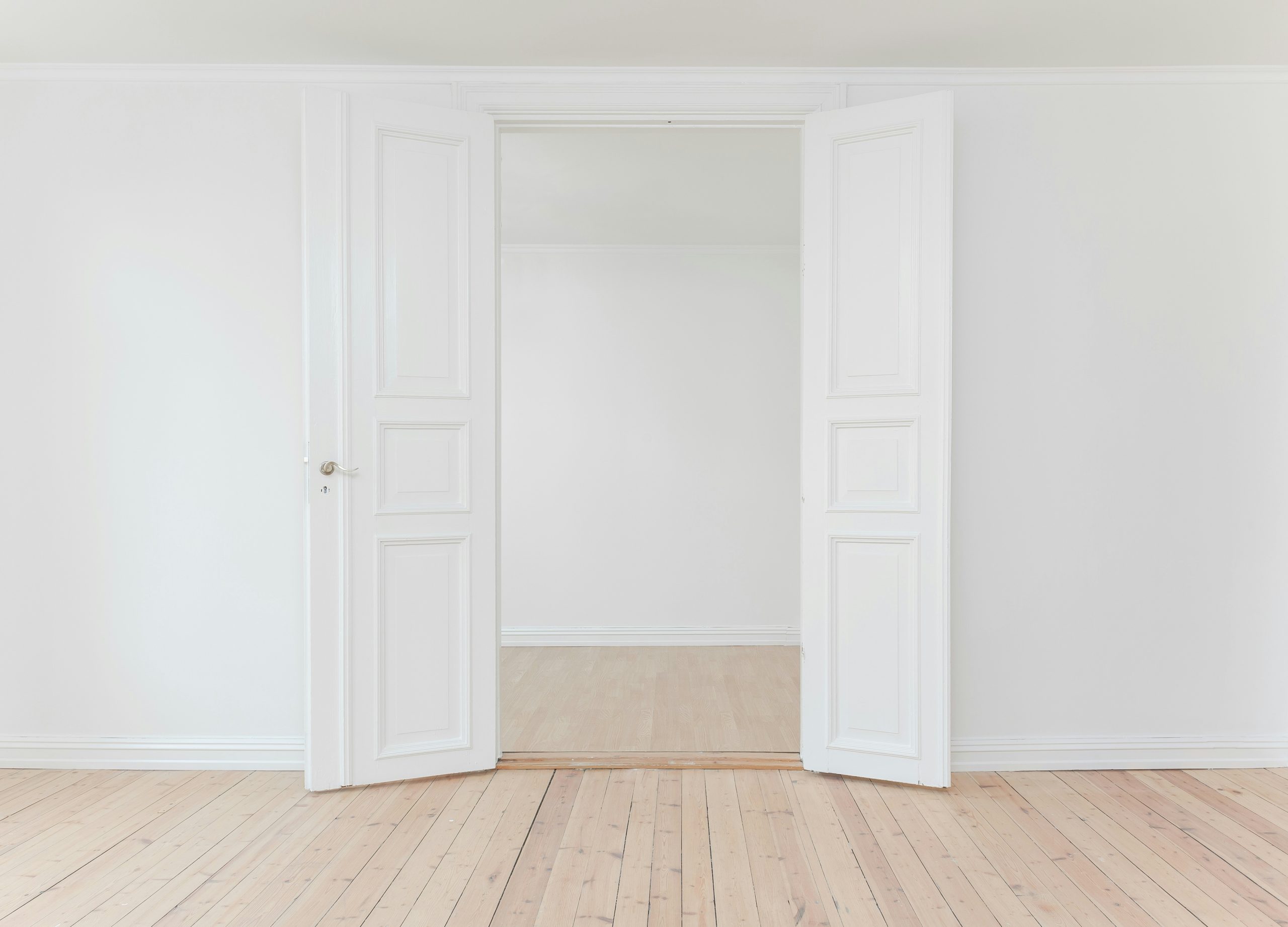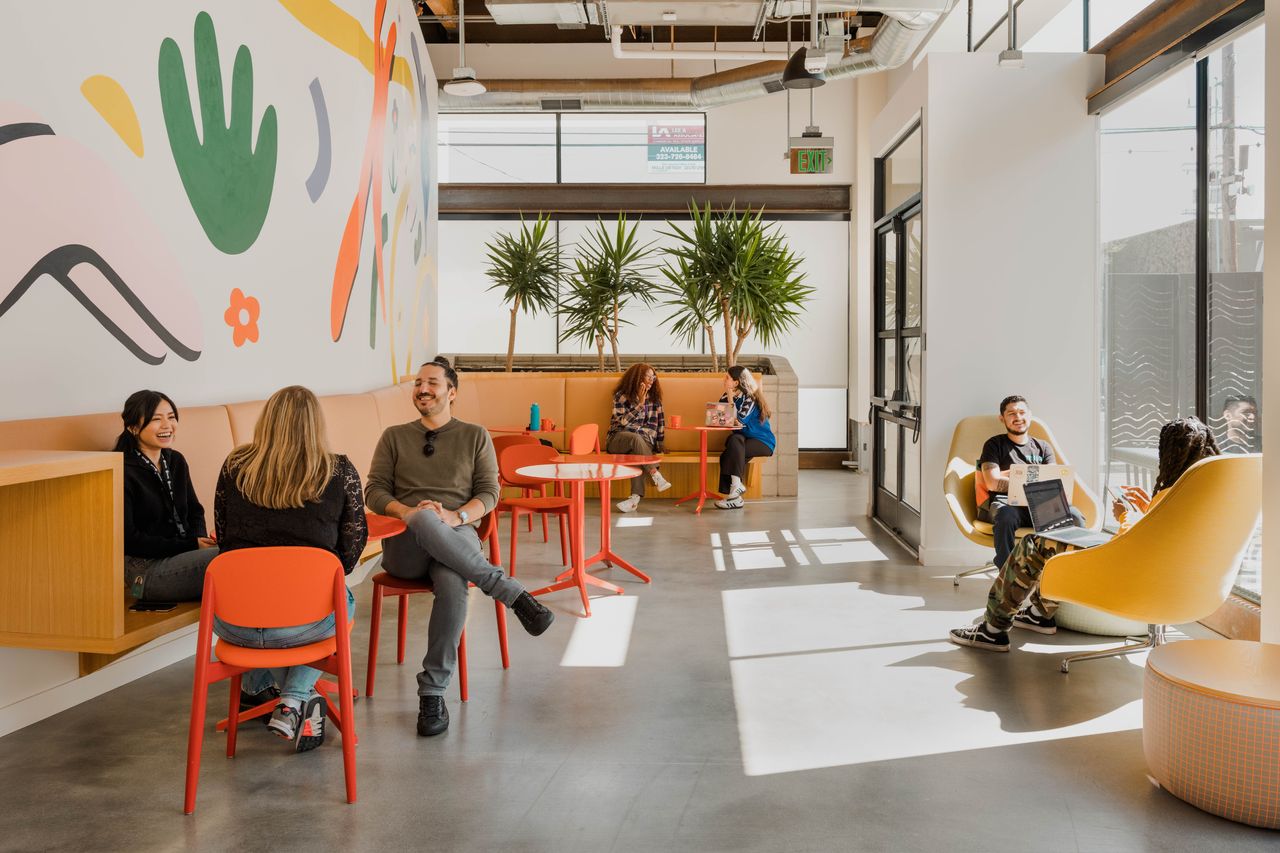Shoppers Prefer Staying Outdoors. That’s More Trouble for Malls.
Bath & Body Works, Foot Locker are among retailers ditching malls for strip centers, other shopping outlets
National chains are accelerating their exit from malls for other types of retail locations, signalling more trouble for malls as consumers show a growing preference for shorter, more convenient shopping experiences.
Jewellers, shoe stores and other specialty retailers are among the operators making the shift, indicating they will continue opening at outdoor, non-mall locations such as grocery-anchored shopping centres and strip malls after finding that they perform better and typically save on costs.
“These retailers are going to grow more confident that they’re barking up the right tree as they continue to see quarter after quarter after quarter of outperformance in their off-mall locations,” said Brandon Svec, national director of U.S. retail analytics for data firm CoStar Group.
Bath & Body Works, which for years sold scented soaps and body creams to mall goers, is on track to open about 95 new locations for the fiscal year ending in February, while closing about 50, primarily in struggling malls. More than half of its 1,840 stores in the U.S. and Canada are now located outside of enclosed shopping centres.
Foot Locker said it is aiming to operate half of its North American square footage outside enclosed shopping centres by 2026, up from 36% in the third quarter.
Signet Jewelers, which owns brands such as Kay Jewelers, Zales and Jared, is closing up to 150 locations in the U.S. and U.K. by mid-2024, nearly all in traditional malls. Company executives told investors last year that off-mall locations had stronger sales margins, and about 60% of its total square footage is now outside malls.
Not all retailers are exiting from malls. Publicly traded mall owners Simon Property Group and Macerich, which primarily own higher-end centres, have reported record-high leasing volume over the past year as retailers such as Hermès, Warby Parker and Alo Yoga have taken space.
But foot traffic to U.S. malls was down 4% on average in 2023 from the prior year, and about 12% lower than 2019 levels, according to real-estate data firm Green Street.
Low-end malls have seen the biggest drops in customer visits, partially because department stores have closed in higher numbers at these properties since 2017.
Online-sales data have also helped retailers pinpoint locations for successful stores with better accuracy than in the past.
“You know where your customer is buying and where they live,” said Scott Lipesky, chief financial and operating officer for Abercrombie & Fitch. “We’re looking at this digital shipping data, and we just plop a store down in the middle of it.”
Recently, Abercrombie & Fitch has been opening in city shopping districts in an effort to get closer to younger millennials and recent college graduates.
Visits to outdoor shopping centres have increased since the pandemic as the rise in remote work has given people the time and flexibility to run errands more frequently and closer to home.
Outdoor shopping and strip centres also appeal to retailers who are increasingly allowing customers to pick up or return items bought online, CoStar’s Svec said. These shoppers want to get in and out of stores quickly, and not spend time navigating large parking garages or walking across the mall.
Increasing demand for open-air space has driven up shopping-centre rents to nearly $24 a square foot, the highest level since real-estate firm Cushman & Wakefield began tracking the metric in 2007.
But moving out of malls can still help retailers cut costs, particularly the common-area and maintenance charges that landlords pass on to tenants to help pay for the property’s upkeep.
Owners of enclosed malls are saddled with a host of additional expenses compared with open-air shopping centres, such as keeping the indoor walkways clean, repairing the heating and ventilation systems and maintaining the restrooms.
“It’s a lot more than blowing leaves out of a parking lot,” said Jim Taylor, chief executive of Brixmor Property Group, a real-estate investment trust that owns about 365 shopping centres across the U.S.
Taylor said he started to notice traditional-mall tenants moving into Brixmor centres several years ago. More recently, he has seen an increase in the types of retailers making the move, including those in the beauty, footwear, jewellery and housewares business.
“We’re seeing them come into the open-air centres because of the proximity and convenience to the customer,” he said.
 Copyright 2020, Dow Jones & Company, Inc. All Rights Reserved Worldwide. LEARN MORE
Copyright 2020, Dow Jones & Company, Inc. All Rights Reserved Worldwide. LEARN MORE
This stylish family home combines a classic palette and finishes with a flexible floorplan
Just 55 minutes from Sydney, make this your creative getaway located in the majestic Hawkesbury region.
While demand for affordable housing is attracting more Australians to fringe suburbs, some are seeing value in regional tourist hotspots
Australia’s population growth hot spots are mostly affordable property markets on the outskirts of major cities and in regional areas, according to an analysis by PropTrack. But homes may not remain affordable for long, with most of these areas recording above-average price growth over the past five years.
Australia’s population grew by 2.5 percent to 26.8 million people over the 12 months ending 30 September, according to the latest figures from the Australian Bureau of Statistics (ABS). This was an annual increase of 659,800 people, with migrants making up 83 percent of the increase.
REA economist Megan Lieu said home prices in Australia’s population growth hot spots are growing at an above-average pace due to strong buyer demand. However, median prices in the SA3 regions she analysed are still more affordable than their nearest capital cities or major regional cities.
Wyndham, on the western edge of Melbourne, recorded the strongest population growth over the past five years with almost 41,000 more people living there today compared to June 2018. In NSW, Blacktown–North in western Sydney had the highest growth with almost 36,000 new residents. In Queensland, Ormeau–Oxenford in the Gold Coast’s northern suburbs gained almost 28,000 new residents, with Ms Lieu noting it was a popular market with interstate and international migrants.
Ms Lieu said the worst housing affordability in three decades may be driving population growth in areas with lower median values.
“A potential factor contributing to this trend is that homes in a majority of these regions are generally priced lower than their broader greater capital city area (GCCSA),” Ms Lieu said. “This is evident when we look at the current median sale price of homes in these SA3s. Over 60 percent of them sold for less than the median in their respective city or regional area.”
Ms Lieu said other drivers of these areas’ strong population growth could be local councils zoning large swathes of land for home development.
“They tend to be in peripheries of cities where more new homes are being built relative to other areas. The increase in the supply of homes could be contributing to more competitive pricing.”
However, these competitive prices are attracting more demand than supply, leading to strong price growth. “All except four of the SA3 regions have experienced larger price growth in the past five years compared to their corresponding city or regional area,” Ms Lieu said.
The price growth differential is more than 20 percent in some regions, such as Rouse Hill-McGraths Hill in Sydney, Ormeau-Oxenford in Queensland and Fleurieu-Kangaroo Island in South Australia.
Median house prices have moved up dramatically in many of the individual suburbs within the SA3 population hot spots. For example, the median house price in the suburb of Ormeau on the Gold Coast in Queensland is $830,500, according to PropTrack data. It has risen 7.9 percent over the past 12 months and skyrocketed 68 percent over the past five years. The median house price in the suburb of Rouse Hill in north-west Sydney is $977,500, down 2.5 percent over the past year but up 30 percent over five years. The median price in the Melbourne outskirts suburb of Wyndham Vale is $585,000, up 2.5 percent over the past year and 26 percent over five years.
Another factor driving strong price growth may be the increasing lifestyle appeal of these particular areas over the past five years. For example, Ormeau is close to Westfield Coomera, which opened in 2018, and has benefitted from numerous M1 road upgrades between Brisbane and the Gold Coast. Rouse Hill has its own station on the Sydney Metro Northwest rail line, which began running in 2019.
Ms Lieu said it was likely that more Australians would seek cheaper homes in city outskirts areas and the regions as property values continue to grow amid a continued forecast housing undersupply.
“With supply unable to meet continued strong housing demand, home prices may experience further upward pressure,” Ms Lieu said.
Top 3 areas for highest population growth over 5 years
NSW
Blacktown–North, Sydney 36,233 (new residents since 2018)
Bringelly-Green Valley, Sydney 27,741
Rouse Hill-McGraths Hill, Sydney 21,821
VICTORIA
Wyndham, Melbourne 40,833
Melton-Bacchus Marsh, Melbourne 35,818
Casey-South, Melbourne 33,191
QUEENSLAND
Ormeau-Oxenford, Gold Coast 27,719
Brisbane Inner, Brisbane 16,465
Springfield-Redbank, Ipswich 15,326
SOUTH AUSTRALIA
Playford, Adelaide 6,997
Charles Sturt, Adelaide 6,410
Fleurieu-Kangaroo Island, regional South Australia 5,504
WESTERN AUSTRALIA
Swan, Perth 16,959
Wanneroo, Perth 14,885
Mandurah, regional Western Australia 11,156
TASMANIA
Hobart-North East, Hobart 2,723
Devonport, regional Tasmania 1,926
North East, Launceston-North East 1,728
Source: PropTrack, SA3 regions with highest population growth over 5 years
Consumers are going to gravitate toward applications powered by the buzzy new technology, analyst Michael Wolf predicts
This stylish family home combines a classic palette and finishes with a flexible floorplan























